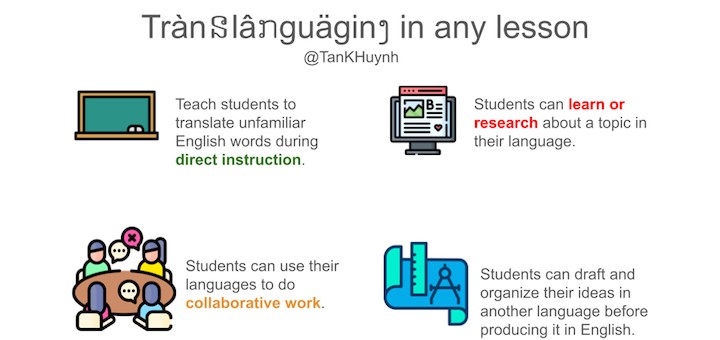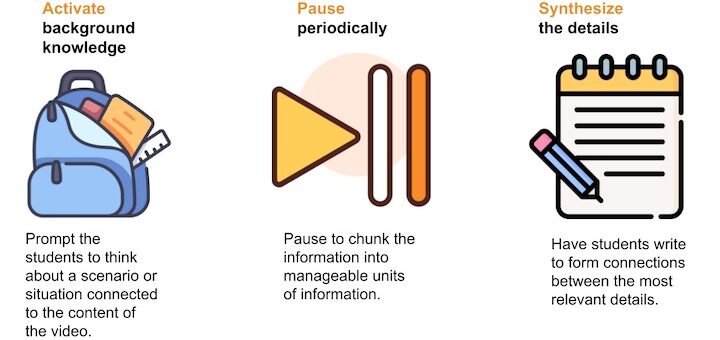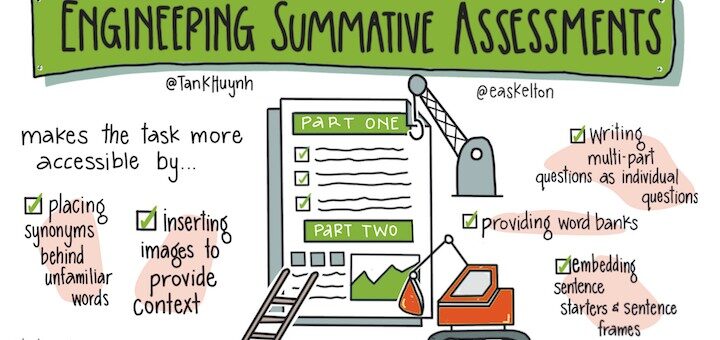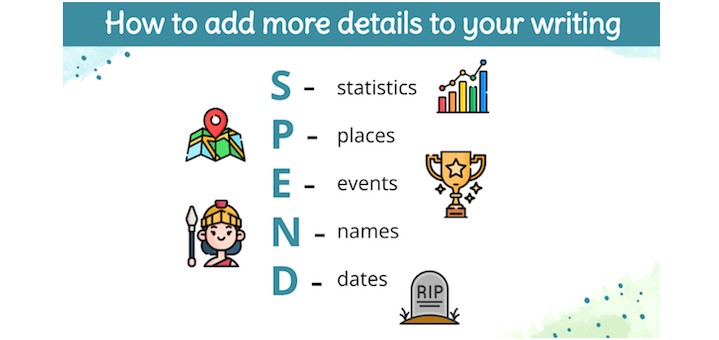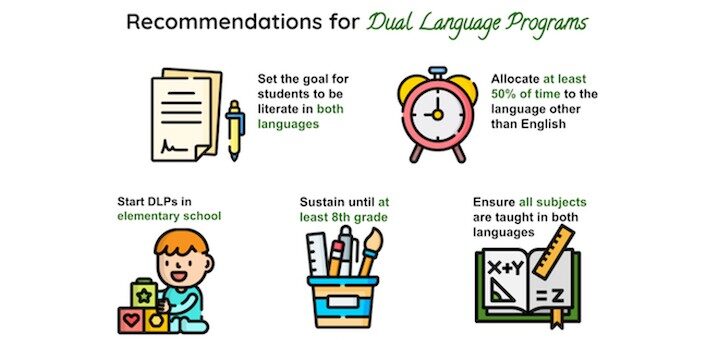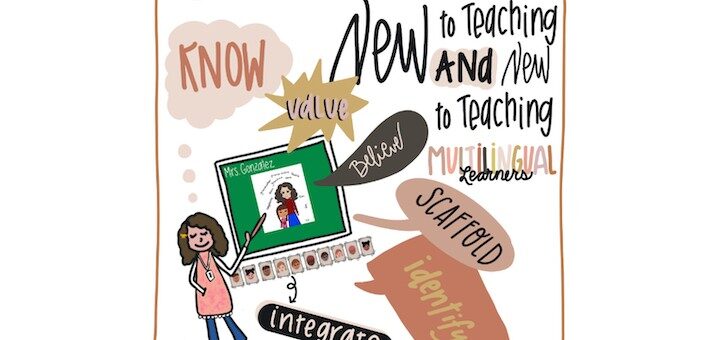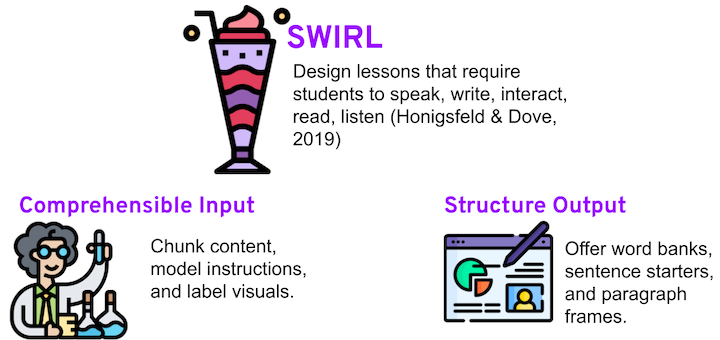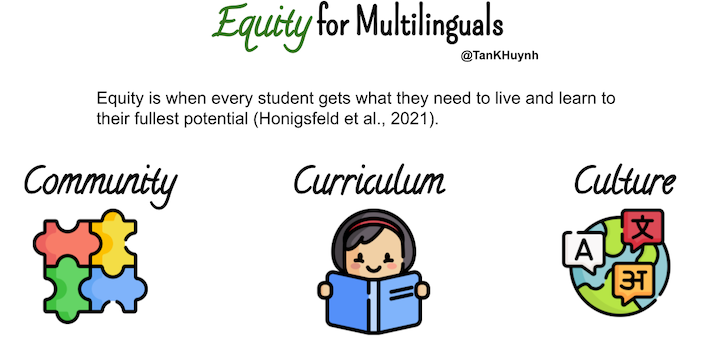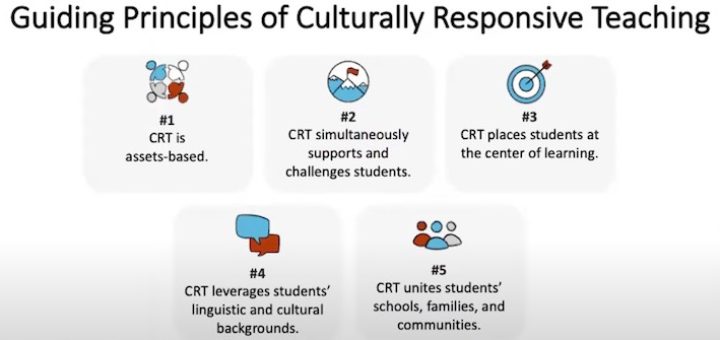Tagged: multilingual learners
Students’ languages are one of the most effective tools they have to achieve academically, writes language specialist Tan Huynh. When we create space for heritage languages across the learning experience, we help students understand content and more fully express themselves.
The question Tan Huynh hears most often from English language development (ELD) colleagues is “What can we do when our co-teacher is resistant to collaborating?” After many years of failing with persuasion, Tan has developed a “Traffic Light” approach that works much better.
Explainer videos are challenging for multilingual learners because of the dense academic language, the rapid speaking pace and the large amount of content covered. Language specialist Tan Huynh shares strategies he uses to help MLs maximize the ‘learning gold’ videos offer.
Content-based exams should gauge understanding of discipline-specific skills and concepts. But for many multilingual students exams are a reading and writing test in disguise. Language specialists Tan Huynh and Beth Skelton show how we can engineer justice into the assessment of MLs.
When students can clearly see the path before them and how to get there, they can achieve the highest expectations, says language specialist Tan Huynh. His S.P.E.N.D learning tool (statistics, places, events, names, dates) brings clarity to research and writing.
A culturally sustaining and relevant pedagogy for multilingual students assures grade-level academic progress, strengthens first-language usage and sustains cultural connections. Dual language programs are the best path forward, writes language specialist Tan Huynh.
First and foremost, writes EL expert Valentina Gonzalez, new teachers need to view multilingualism as a student asset. Learn her five proven strategies to achieve teaching success with multilinguals, who need to be valued, respected and supported to master academic content.
Teaching academic content is less about receiving students who are ready to learn and more about creating conditions to support learning. Tan Huynh shares a geography lesson he designed to meet three conditions multilinguals need to learn content and language simultaneously.
Language specialist Tan Huynh offers a framework called the 3 C’s of Equity – Community, Curriculum and Culture – to guide schools on the journey to provide an equitable learning experience for their multilingual learners. To start, avoid deficit-based models that segregate.
Culturally Responsive Teaching is not a fad. It’s not one more thing we have to do for multilinguals, writes Tan Huynh. It’s a way of designing instruction for ML/EL/ESL learners that’s grounded in the assets of students, their families, and their communities.

